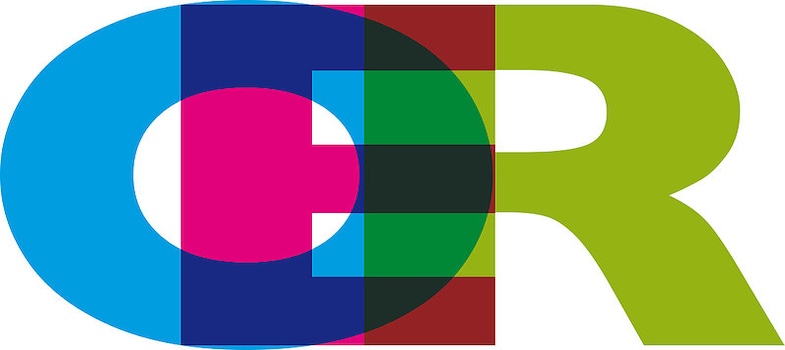4.5 Adapting OER
Much of the power of OER comes from their adaptability. All Creative Commons licences, apart from those featuring the ‘ND’ (no derivatives) element allow resources to be adapted and modified.
You may wish to adapt an OER for one or more of the following reasons:
- To make it more accessible for people with disabilities
- To include culture-specific references to make a concept easier to understand
- To translate it into another language
- To correct any errors or inaccuracies
- To update the resource, adding the latest research discoveries or theories
- To insert more media, culturally-relevant media, or links to other resources or materials
- To make it accessible for a different audience/level
- To adapt it for different teaching situations.
Modification of OER can take several forms:
Adaption: changing aspects of the original resource, for example by translating it into a different language, including local case studies, or adapting it to meet the needs of older or younger learners.
Mixing: Here, several OERs are mixed together and additional content is added to create an altogether new resource.
Extract and re-mix: Here, you would extract only some of the assets of a resource or course, for example: photos, illustrations, and graphs. and use them in a completely different context. This course uses the ‘extract and remix’ approach by incorporating openly licensed images and videos.
Some resources are easier to modify than others. For example, word processing documents should be straightforward to adapt and, with a little time and effort, images can be modified using freely available software such as Gimp. PDFs can be more difficult to edit, as can videos and audio files. Free video editing programmes are available, for example HitFilm Express, Lightworks and Apple’s iMovie, but these can feature a steep learning curve.
